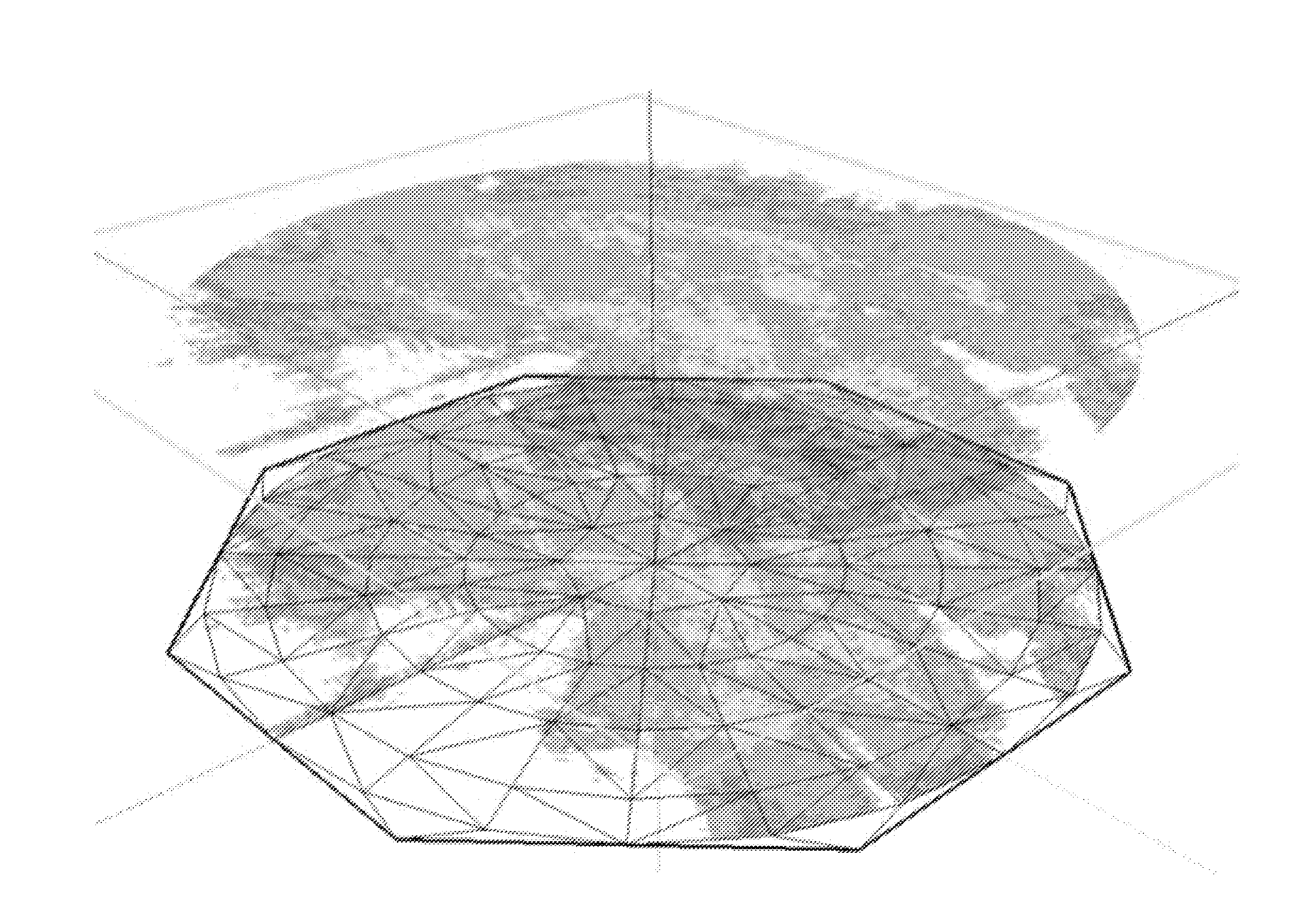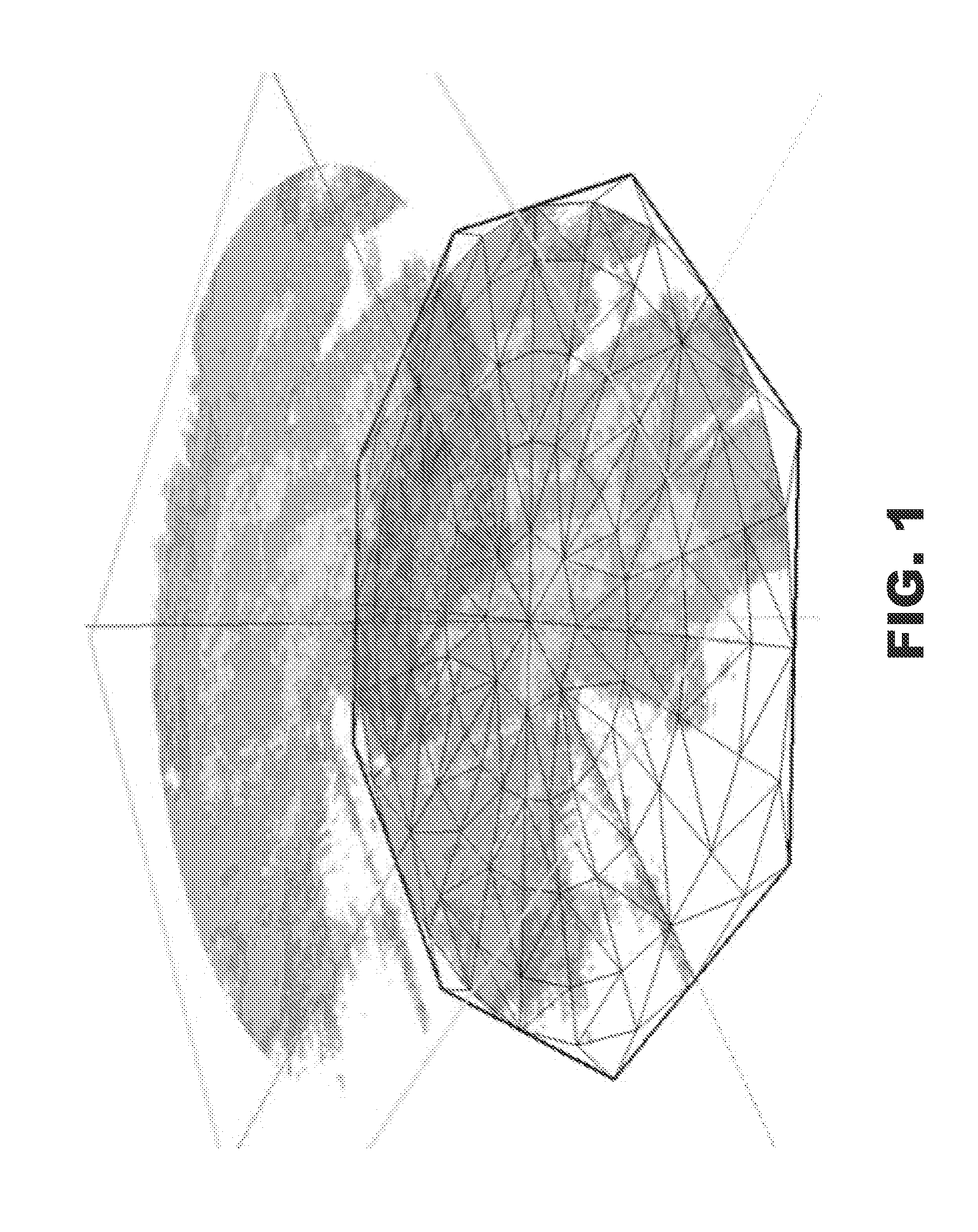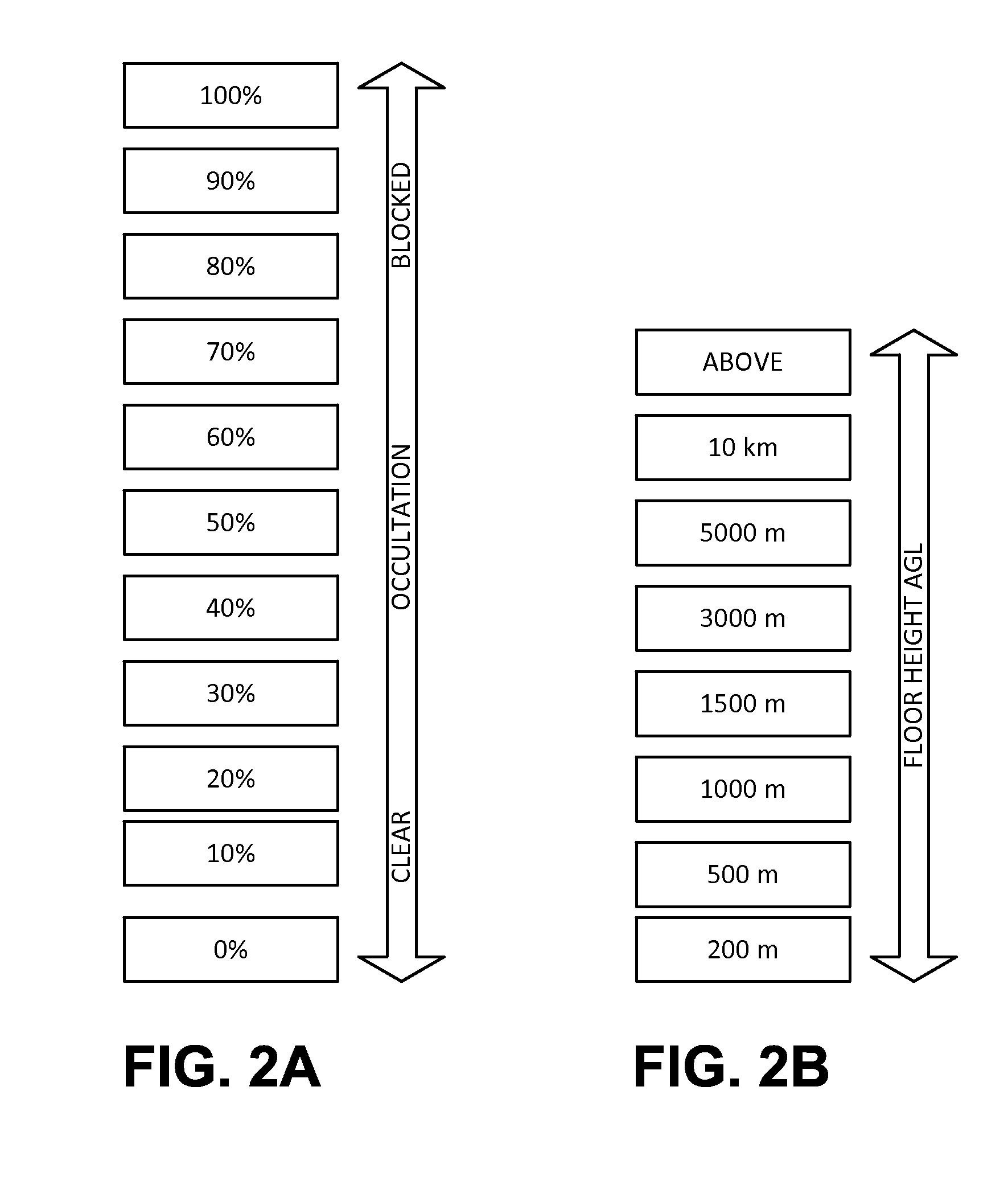System and method for filling gaps in radar coverage
- Summary
- Abstract
- Description
- Claims
- Application Information
AI Technical Summary
Benefits of technology
Problems solved by technology
Method used
Image
Examples
Embodiment Construction
[0027]The performance of legacy radar systems can be improved and enhanced ad hoc by placing smaller radar units at locations which fill in the gaps of the existing system. The innovation described herein provides a means to define the number and characteristics of gap-filling systems which can be added to an existing sensor network and which will result in a higher level of overall system performance. This provides a higher level of performance in hazard detection and warning by the entire system or network using fewer radar sites. This also provides the ability to accurately forecast the performance of gap-filling systems before they are installed which greatly enhances the gap-filling process.
[0028]When filling the gaps in a legacy system, the performance characteristics of the existing sensor system are determined so that the Shipley Floor for those legacy sensors in their respective geographic locations can be generated. The performance characteristics of the available sensors ...
PUM
 Login to View More
Login to View More Abstract
Description
Claims
Application Information
 Login to View More
Login to View More - R&D
- Intellectual Property
- Life Sciences
- Materials
- Tech Scout
- Unparalleled Data Quality
- Higher Quality Content
- 60% Fewer Hallucinations
Browse by: Latest US Patents, China's latest patents, Technical Efficacy Thesaurus, Application Domain, Technology Topic, Popular Technical Reports.
© 2025 PatSnap. All rights reserved.Legal|Privacy policy|Modern Slavery Act Transparency Statement|Sitemap|About US| Contact US: help@patsnap.com



